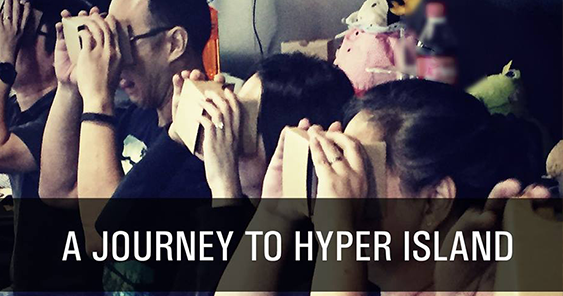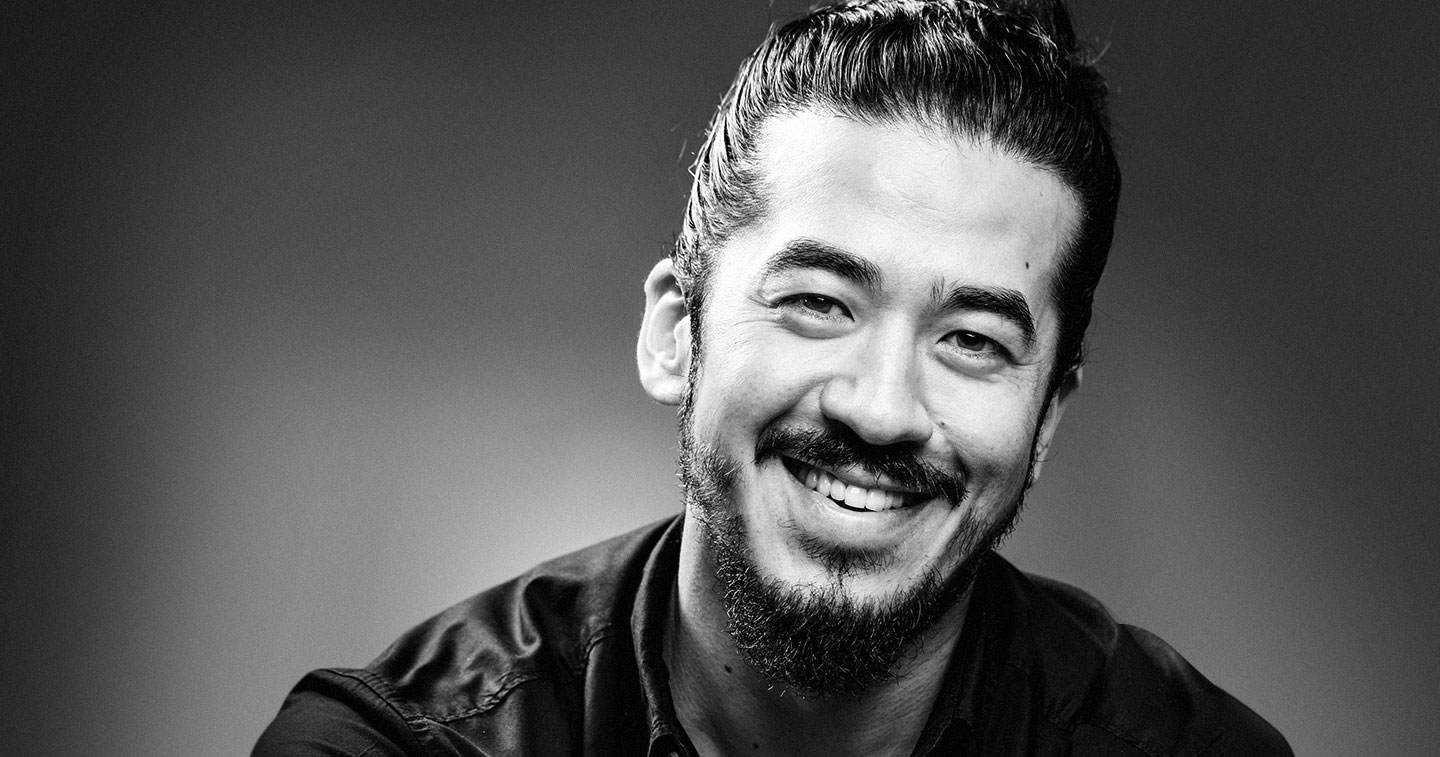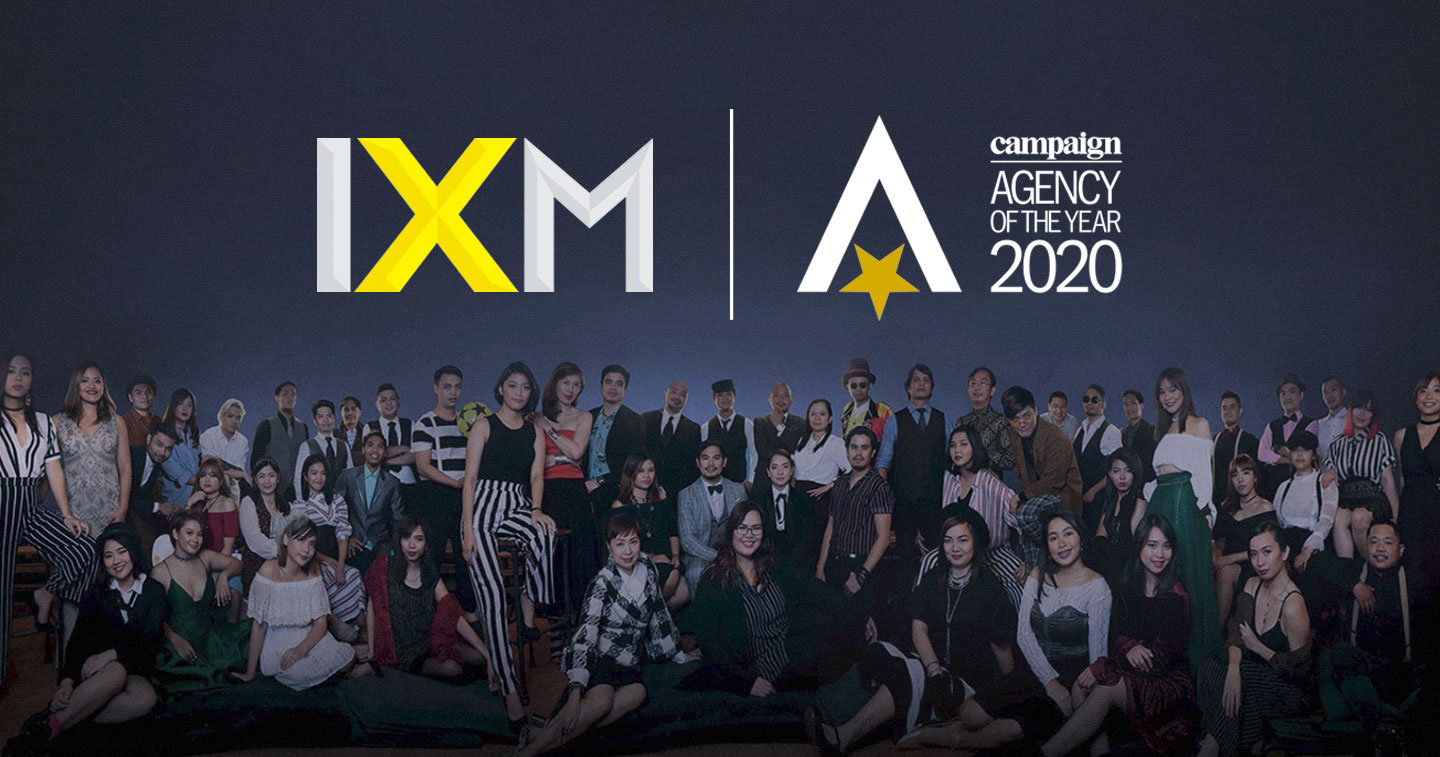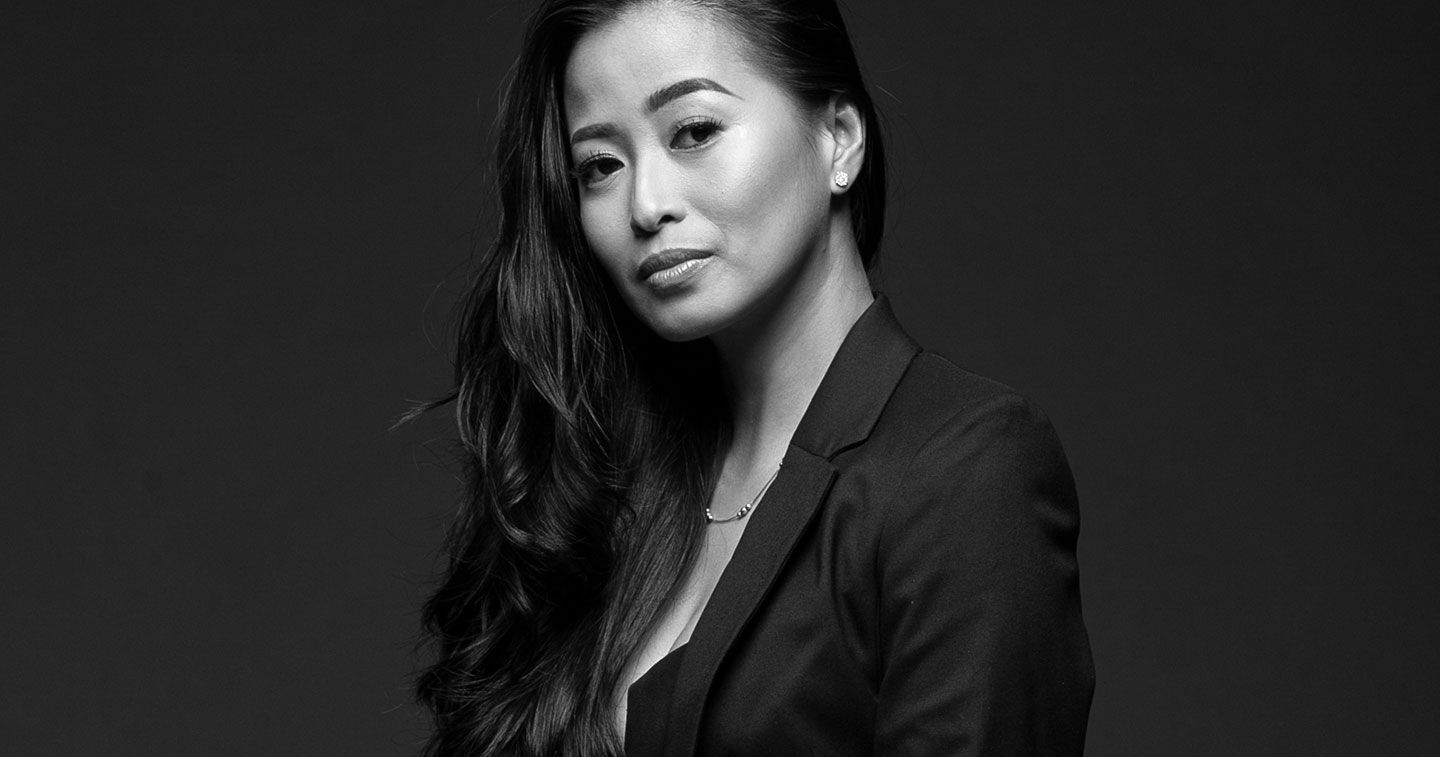WORDS Mark Meily, KindMind Experience Design, BenildeFilm
The paradigm shifted as I was drinking coffee. About five years ago, because of a well-written treatment and an affordable budget, I was awarded a television commercial project. We went through the briefing and feasibility and before meeting the client, I was asked about my birthdate and exact birth hour. I even had to go back to my birth certificate to find out when exactly is my birth hour. The pre-production meeting was postponed several times until a week later, the ad agency informed me that they are not awarding the project to me anymore because my birth sign apparently, …is not “aligned” with the client’s, feng shui wise.
Somewhere in 2010s, I’ve been noticing that it was getting more and more difficult to get television commercial projects. I realized that that the problem isn’t the lack of demand, but rather the fact that even to this day, we are still stuck with the same business model we’ve been using since the 1970s. The advertising agency has a concept/storyboard approved, invites three to five production companies to bid and the production company with the best package of director and cost gets the project. And life was very good… then.
When business got tough, we stepped back and reflected, how can we make better television commercials? How can we shoot more scenes in one day so our cost is cheaper? How much lower can we cut our fees?
We looked at the latest Cannes Lions winners and Superbowl ads and as a TVC director, see how “desaturated,” contrasty, hand-held our shots can be to give that edgy look. It doesn’t matter whether the brand is a detergent or diarrhea pills, the look of the TVC has to be edgy to stand out, we thought. Unfortunately, we realize later that practically all TV commercials airing have that same edgy look.
Even the way production companies market themselves has not changed. We call our agencyproducer/ friend if we can visit the agency and present our showreel. The agency creatives gather at the conference room for some pizza and pancit noodles while watching our reel. After the presentation, we leave our business cards and a DVD of the reel and hope to God, that they invite us to the next bid.
A week later, the agency did invite us to a bid… along with seven other production companies to submit proposals to produce a three-part webisode series “na pang-viral” (verbatim, meaning “meant to be viral”) for six hundred thousand pesos. Which makes us ask, if your budget is six hundred thousand pesos, why do you still need to bid this out? They want to see if the other production companies can still make it lower. We, on the other hand, believed that, first, there is no way we can produce it for that amount and, second, if they like us, they will negotiate. Of course, none of that are true. There will always be one house that is willing to sell their mother’s soul just to get their foot on the door of the agency, and the client doesn’t like you enough to haggle.

It’s funny looking at it now, I used to sulk on my so-called agency friends who I hoped would be instrumental in giving us TVC projects but never gave us any projects. I mean, isn’t it enough that I made creative directors or producers the godfathers and godmothers of all my children? How can we get more TV commercial projects?
Two years ago, I had weeks-long discussions with a college-friend who became a creative director, a strategist and eventually the CEO of the Manila office of one of the world’s biggest ad agencies, and the result of these conversations is a mind-blowing discovery.
All these years we have been focusing on the noise instead of the signal. Instead of finding ways to perfect a shot or a scene, we simply must learn how to tell stories, because the person with the best story to tell…always wins.
Like it or not, Trump, Duterte, Steve Jobs, Martin Luther King, Hitler, Lenin, Obama or Gandhi have the best stories to tell. Right or wrong, their stories are so compelling that people believed in them.
The greatest story ever told, as we know, is religion. Moses, Jesus, Muhammad, and Buddha were great storytellers.
And as in any religion story, my journey begins with an epiphany.
PILGRIMAGE
We are going to a school, not a resort. It’s called Hyper Island.
In an era where the coolest agency names sound like rock bands, I thought that Hyper Island was either the next James Bond’s arch-enemy’s hideout or a resort playing Electronic Dance Music twenty-four hours a day.
Two years ago, Madonna Tarrayo, Unitel’s CEO, mentioned that I should consider going to Hyper Island and learn Digital. I looked at their site and I saw photographs of students using a lot of Post-Its and making stuff or prototypes. No pictures of a professor lecturing using markers and a white board. I googled further and somehow the words, “the Harvard of Digital” popped out. And since we are living in the age where everything is digital, it’s intriguing for me to connect that Hyper Island could be the “Harvard… of everything.”

Hyper Island started when Lars Lundh, Jonathan Briggs, and David Erixon met in a bar in Stockholm to discuss an upcoming CD-ROM project. The night ended instead with a challenge on how individuals and companies can stay ahead of the curve when the traditional way of learning felt archaic with the pace and demands of the real world.
In 1996, the school opened in what was an old military prison in Karlskrona, Sweden, complete with stone walls, a drawbridge and a moat—literally, in an island. Since one of the 1990s’ buzzwords was “hyper” (as in Hyper Text Mark-up Language), they decided to call the school Hyper Island. The school eventually built campuses in Stockholm, Sao Paulo, Manchester, London, New York and Singapore.
At 48 years old, I never thought I would be going back to school, much less, take a master’s program. After all, as filmmaker, Jose Javier Reyes told me once as joke, the only people in the film production industry who hold master’s degrees are film critics. However, I feel that we are in crisis—a crisis where traditionalists can’t differentiate digital from millennial. It’s a crisis where bad assumptions are being made like, digital advertising is cheaper, or that online videos have fewer requirements than a regular television commercial.
But since there is a need to learn and understand digital and learn it from the best, the idea of flying in and out of Singapore to study at Hyper Island, and not to mention, pay a hefty tuition, might not be far flung. An added nudge to attend Hyper Island’s Singapore campus was knowing that Jonathan Briggs, one of the Hyper Island founders is one of the teachers of the program.
And so, on the 13th of September 2016, we became Crew Five of Hyper Island’s Master’s Program in Digital Management—21 students, 11 nationalities including four flying to Singapore each month for the learning sessions. Their professional backgrounds are as diverse. Although about half worked in the ad industry, there are people from design, publishing, health care, retail, management consulting, and information technology. The program is divided into different subjects like Business Transformation, Leadership and Start Up. But the two fields that for me, became tipping point in understanding digital are Design Thinking and Digital Technology.
Design Thinking was one of the tipping points because its first step—empathy or the lack of it—is what I believe is wrong with advertising. There are rock star creatives creating ads to prove that they can entertain, show their wit and win awards; brand gurus planning to increase market share through better promos and commercials; and in my hometown, TVC directors directing the glossiest spot filmed in 2K resolution with an Arri Alexa or a Phantom camera. Media platforms that took into account everything except asking the question, “Is this what my customer is looking for?” The answer can be found on a button at the lower right side of a YouTube Video that says, “Skip Ad.”
With the huge budgets that many brands have, how come nobody asks what the customers or the audience want? How come nobody practices empathy? Shouldn’t understanding what the customer wants be the first thing we consider?
The result of empathy is data. When we listen to our customers, we get data that translate to insights that should be the basis of every marketing effort we do.
There is a reason why in the Hyper Island curriculum, Design Thinking precedes Digital Technology. That is because we do not want to start creating solutions based on assumptions. Assumption is the enemy of empathy. More importantly, we do not want Digital Technology to be the solution. We want Digital Technology to be the enabler in finding the solution.
One of the highlights of my Hyper Island studies was a lecture during a visit at the Google complex just across the Hyper Island campus. It’s easy to say that the visit is your typical school field trip, but it’s more than that. It’s a deep dive on how important philosophy is in technology and realize that the moment we allow engineers to rule the world, we’re f*cked. We also learned that the cusp of Design Thinking and Digital Technology is data.
Data is the first thing we need before we even put Artificial Intelligence, Blockchain, Machine Learning, E-commerce or Virtual Reality into our lives.
Data is the seed of all the stories we tell. Every company needs to be a data-driven company.
The problem we have in advertising is the preference for opinions over data. Quick solution to your marketing problem, get a celebrity endorser and have her state an opinion:“Mmm… delicious,” or “For me, it’s the best.” It’s opinions over data. What I learned at Hyper Island and at Google is the opposite. Never go to a data debate with an opinion.
To understand digital is to understand data first.
However, what is worse than not understanding digital is pretending to understand digital.
How does one identify a digital poser? Easy. They talk about digital as the end to the means, as the magic pill or the silver bullet to your marketing challenges. How often have you heard the line, “Let’s make a Facebook page so we have social media presence,” or, “We need an e-commerce site to bring more sales?” Where is your data?
And to compound the problem, there are organizations hiring so-called digital experts as consultants. One company I worked with, hired a “virtual reality expert” as consultant to train department heads on how to include VR/AR when they do their strategy planning. This is the “Solution-Looking-for-a-Problem” syndrome when people get too fascinated with new technology. They do not know what the need is yet but they insist on applying the technology anywhere they can.
Lastly, an important learning I got in Hyper Island is that, instead of being obsessed with using digital technology to solve our marketing problems, we should instead focus on how we can create meaningful experiences for our customer through digital technology. Whether it is online or offline, the experience we create and give our customers should be the new digital stories we tell.
Let us look into the possibilities of going beyond the Facebook videos or the pre-roll, where audience eagerly awaits the end of four seconds so that she can click Skip Ad.
An old Harvard Business Review issue has a captivating article that gives a though to reflect upon for advertising people: “Human Experience Should be the Next Medium for Advertising.”

Mark Meily is an award-winning film director and the Director of Experience Strategy at KindMind Experience Design








